Enterprises face troubling Windows 10 rapid release scheme

Windows 10 is different in many regards to previous versions of Windows. One core difference is that it marks the move from releasing a new version of Windows every three or so years to Windows as a service.
What is meant by that is that Windows will follow the same model that Office 365 and other SAAS products offer. Namely, that there won't be a Windows 11, 12 or One, but only Windows 10 that is constantly updated.
Microsoft released two feature upgrades to Windows 10 so far. The operating system itself was released on July 29, 2015, and the two feature upgrades in November 2016 and in July 2016. The first upgrade was called the November upgrade, the second the Anniversary upgrade.
The company plans to release a third feature upgrade, called the Creators Upgrade, in Mach 2017.
This rapid release scheme poses issues for Enterprises, as they have to cope with the new situation. Along with the faster pace in which new versions of Windows 10 are released comes a major change in how long these releases are supported.
Windows 10 PCs used in professional environments fall mostly in the Current Branch for Business (CBB) support model.
Windows 10 Home versions, and most Windows 10 Pro versions used by individuals, fall in the Current Branch (CB) support model mostly. This means that feature upgrades are made available right away after they are released.
If the operating system's automatic update mechanism has not been modified by the user, these upgrades will find their way on consumer PCs quickly after release.
Businesses may defer upgrades. This enables the Current Branch for Business support model for PCs which delays the release of feature upgrades for about four months.
End of Support

End of support for older versions of Windows 10 comes also more rapidly. Microsoft stated earlier that it wants to support two CBB releases at any given point in time. This means that support is dropped for the CBB release prior to that with a 60 day grace period).
The initial release version of Windows 10 was declared a CBB release right away.
The current CBB release is the Anniversary Upgrade released in July 2016, the previous CBB release the November Upgrade, released in November 2015.
Remember, it takes four months for a feature upgrade to become the current CBB of Windows 10. This happened for the November Upgrade on April 8, 2016, and for the Anniversary Upgrade on November 30, 2016.
This means however that the first release version of Windows 10, version 1507, will no longer be supported by Microsoft 60 days after the second feature upgrade was declared the CBB by Microsoft.
When Windows 10 version 1507 reaches end of support, it won't receive any more updates, security or otherwise. While it will continue to work for the time being, it puts the version of Windows 10 in the same shoes as Windows XP or any other Microsoft operating system that reached the end of its support lifecycle.
What this means for Enterprises
Enterprises, with the exception of those on the Long Term Servicing Branch, face a rapid release cycle that will see Windows 10 versions being dropped much quicker than was the case for previous Windows releases.
Microsoft plans to release two feature upgrades in 2017. The first will come out in March 2017, the second probably in the August to October period.
The March release of the Creators Upgrade, and it becoming the CBB in July 2017, means that the November 1511 feature upgrade will reach end of support in September 2017. The current major version of Windows 10, the Anniversary Upgrade, will be dropped in early 2018 shortly after the second feature upgrade of 2017 becomes the CBB.
Greg Keizer over on InfoWorld suggests that Microsoft will drop support for Windows 10 1607 around April 2018.
Things are delayed a bit right now as Microsoft released only one feature upgrade in 2016. The pace will increase after 2017 when two feature upgrades get released.
Now Read: Find out which version of Windows 10 is installed



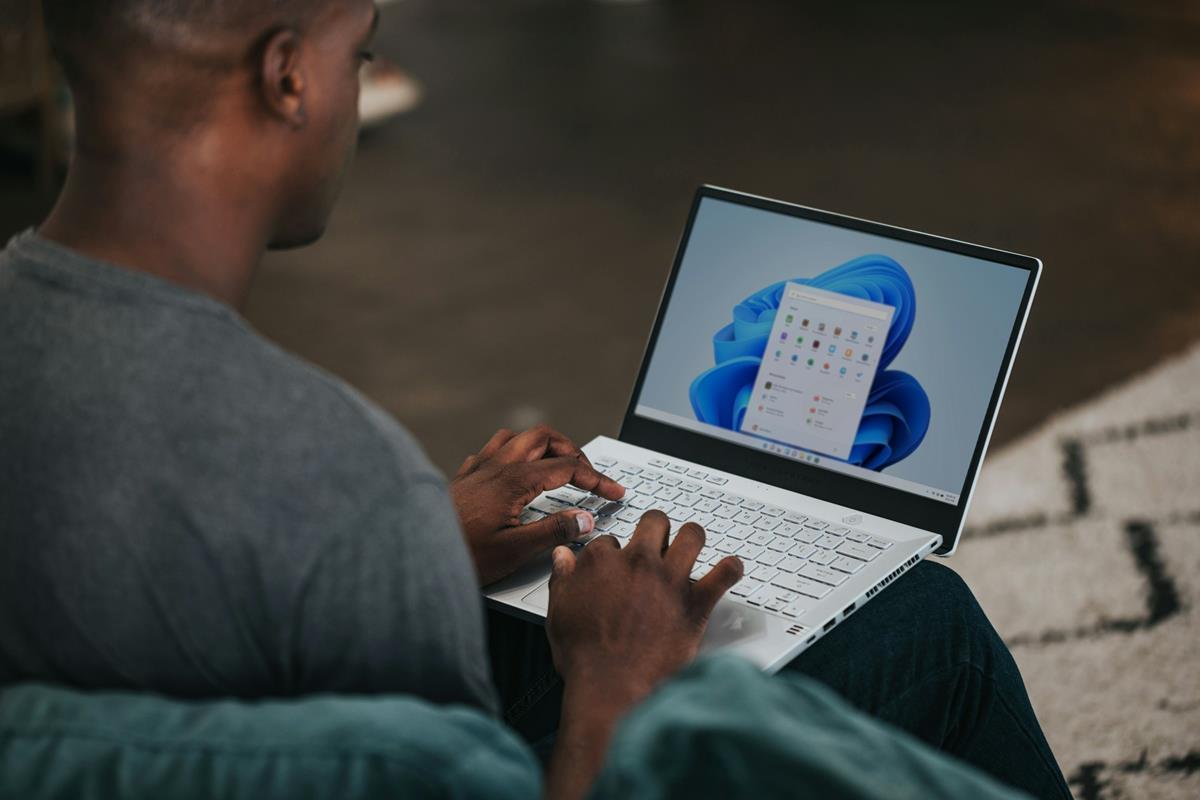
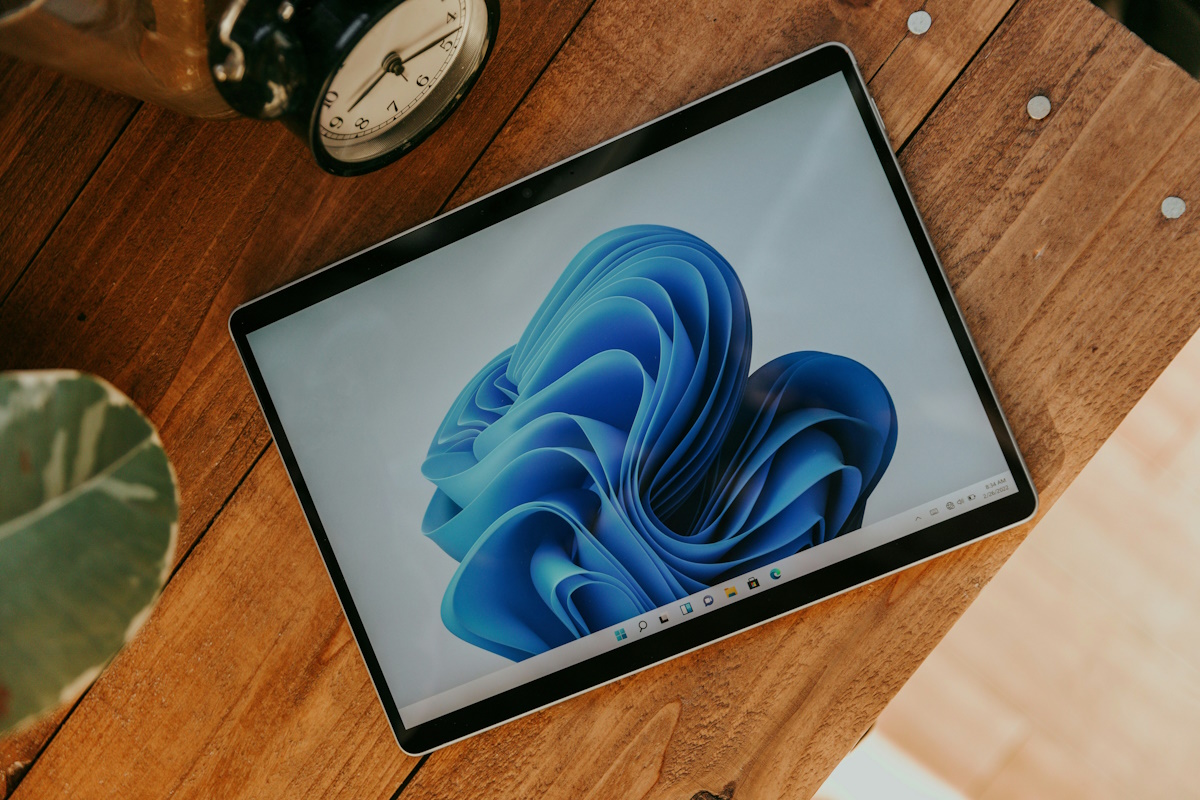

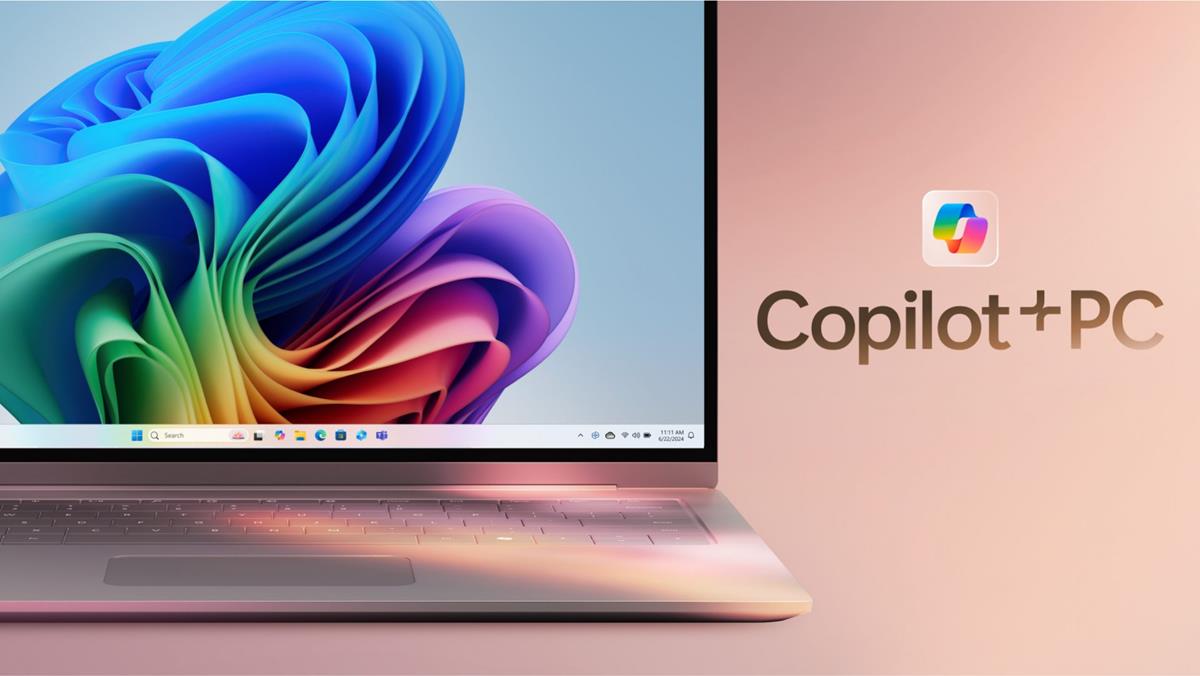
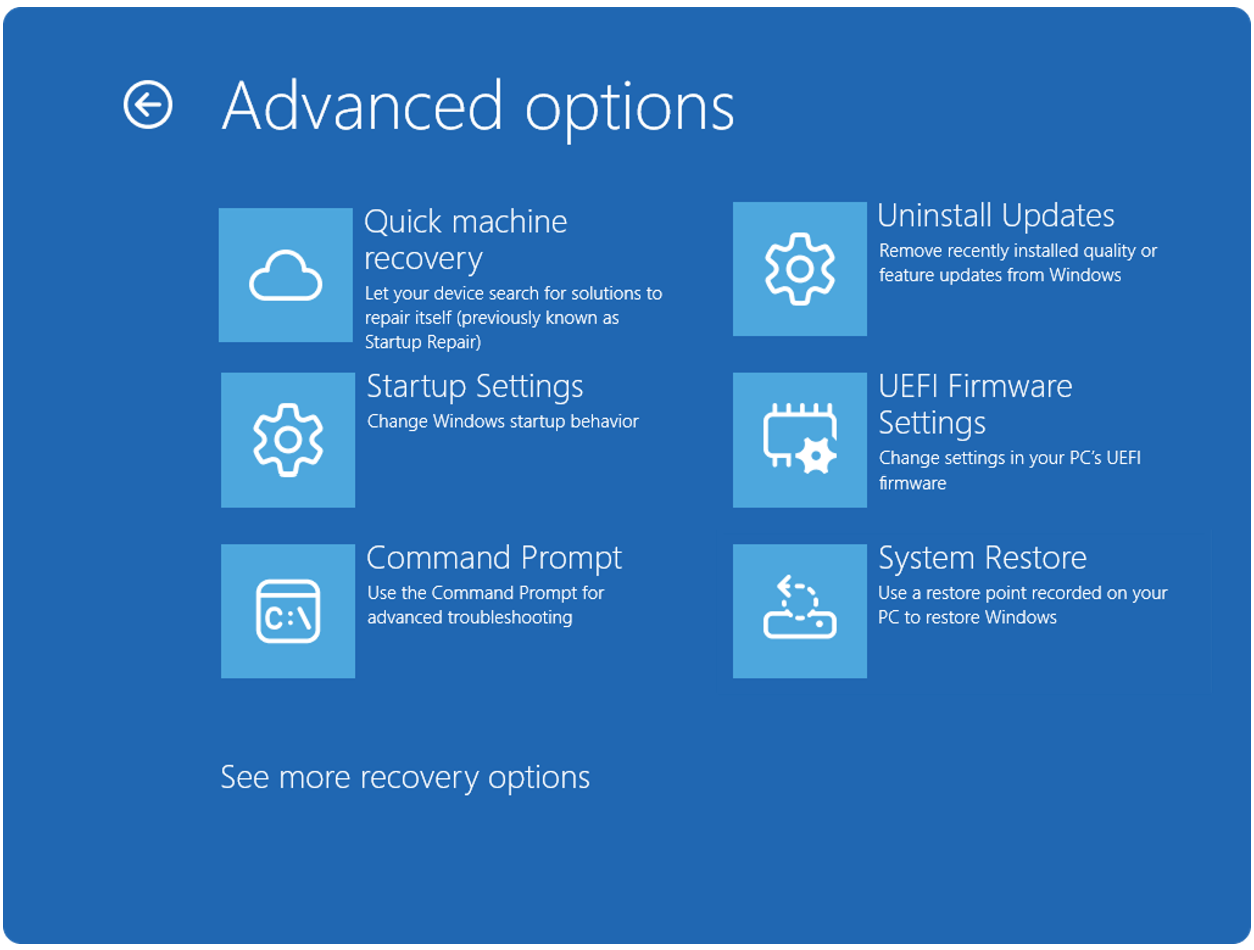
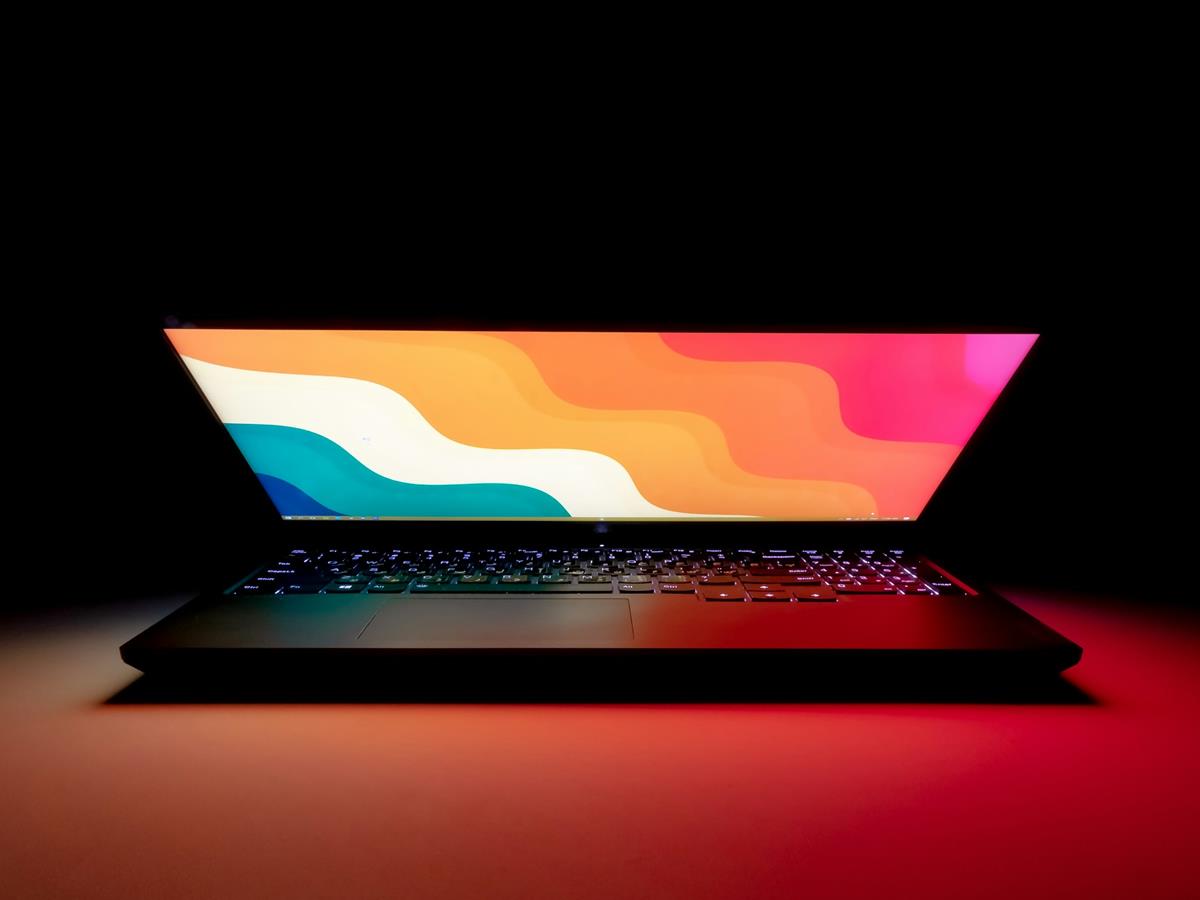




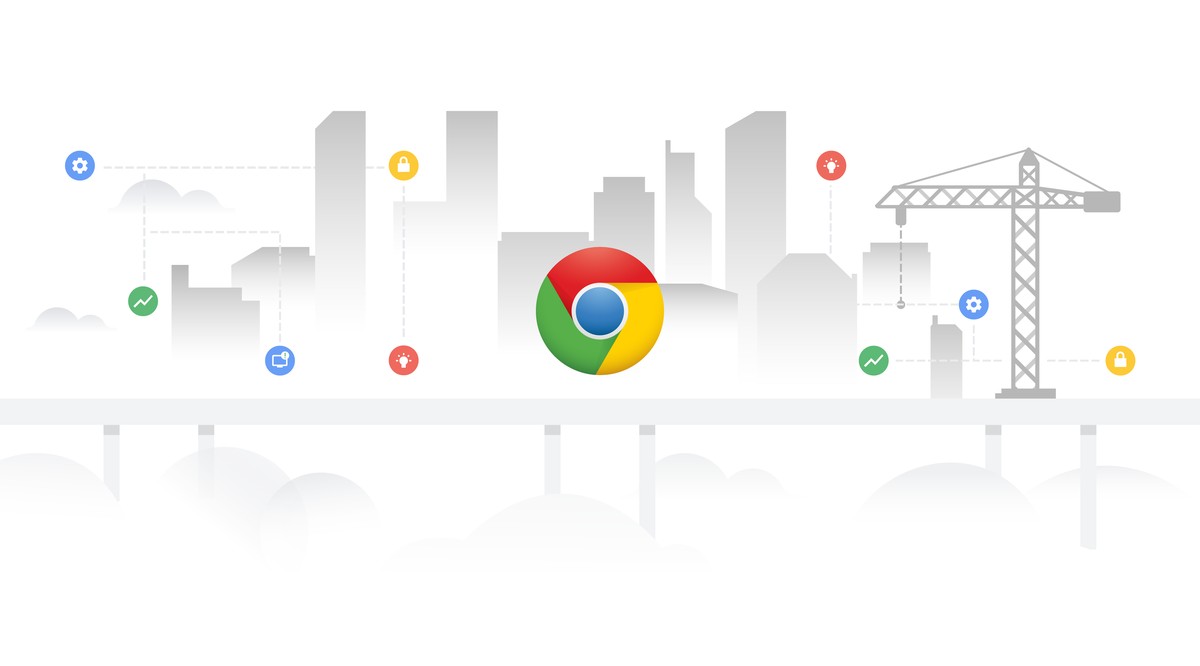
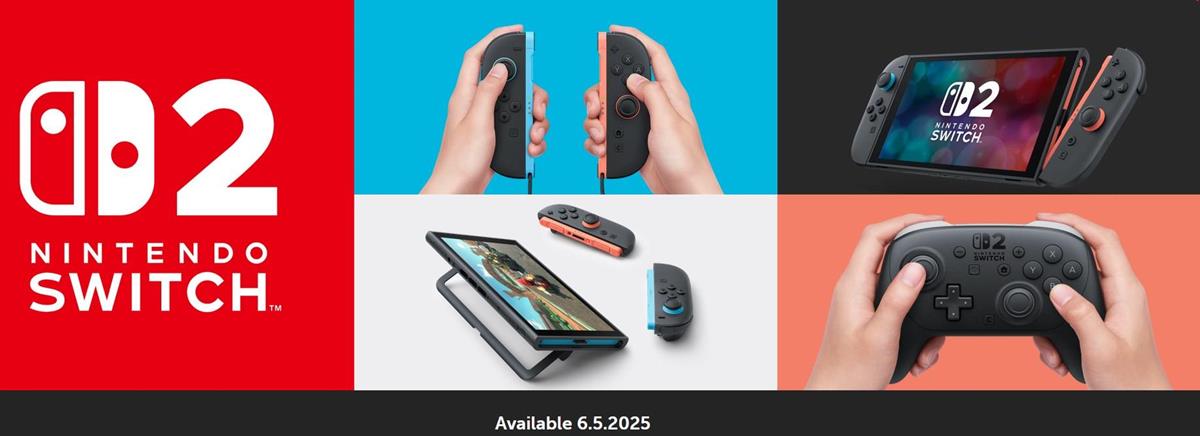
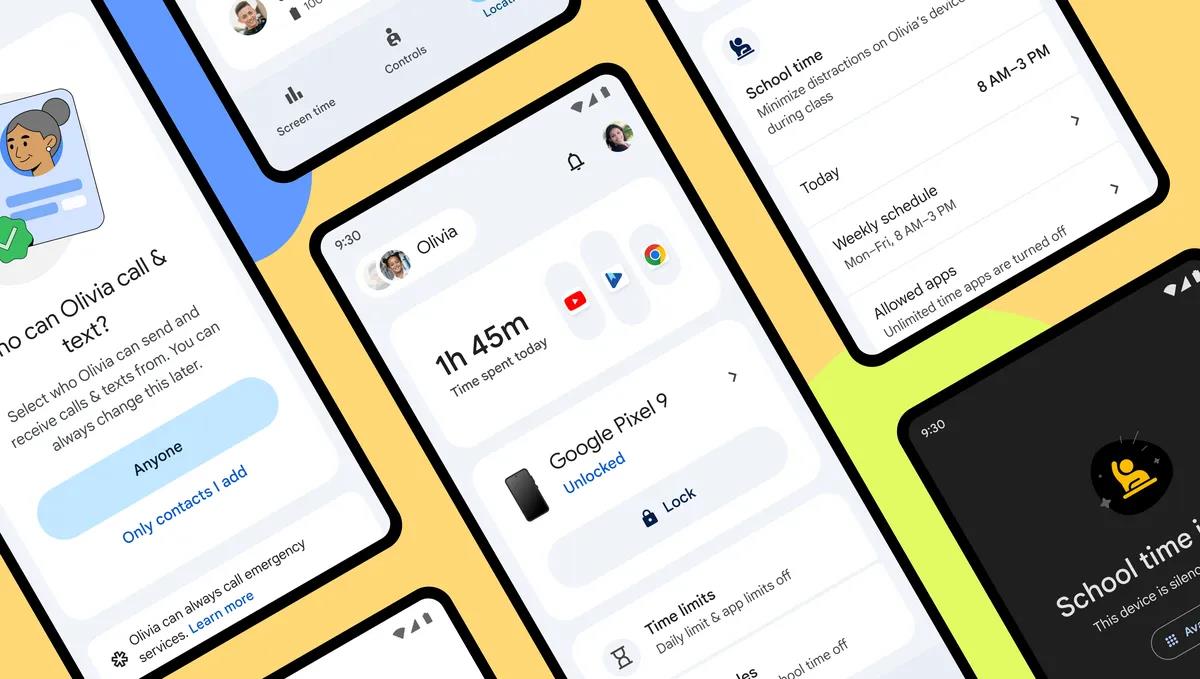

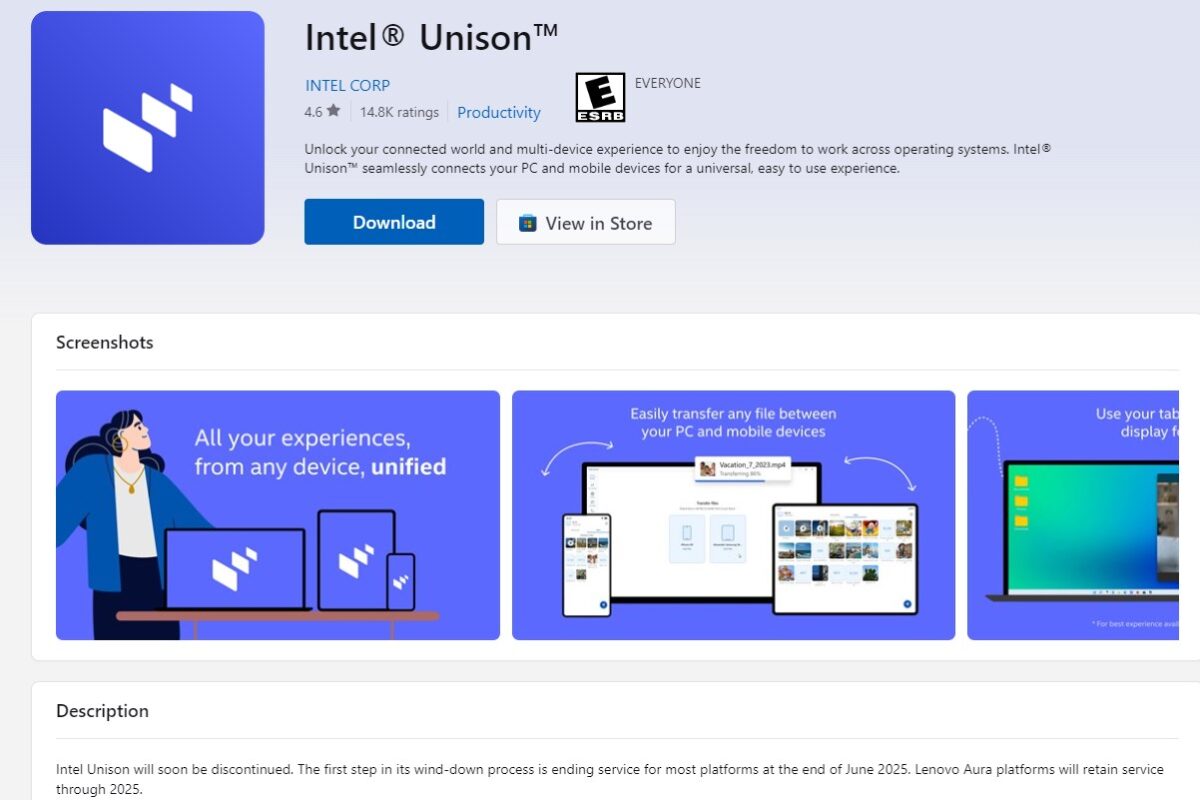
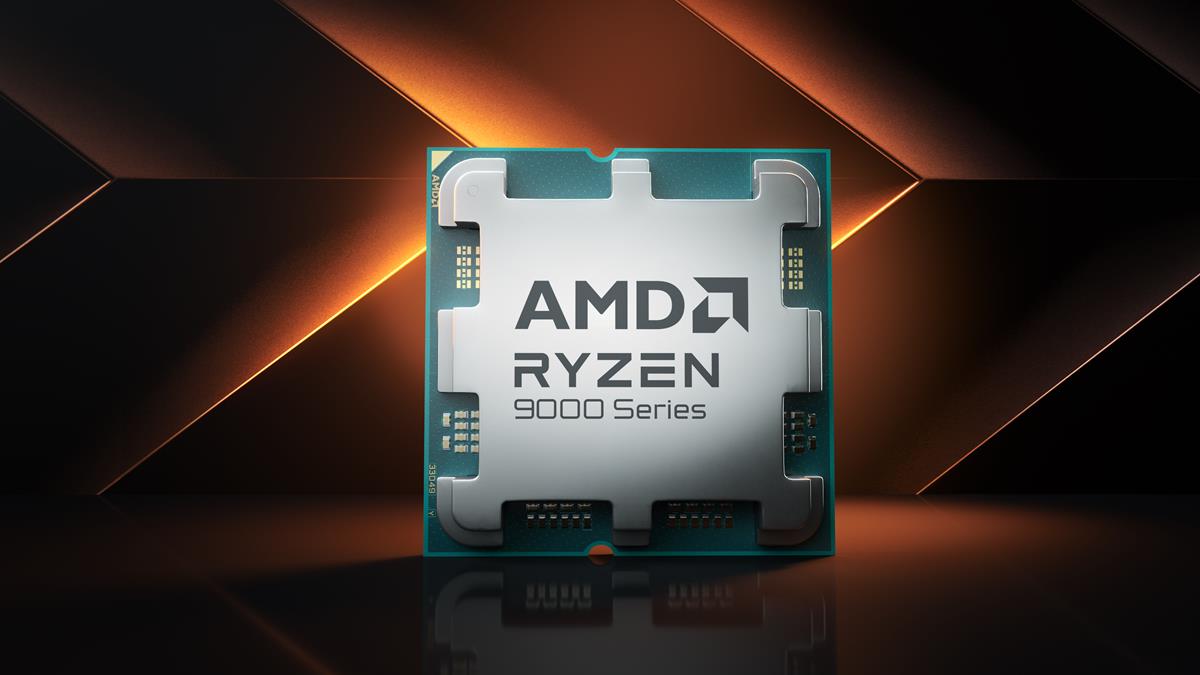


microsoft should follow enterprise customers, not other way around, now they are forcing some crap down people/business throat because they want more money, update! hype.
At first I thought wtf? is going on with M$, now I think I get it. If you don’t like M$ tactics and their new way, you’ll probably leave, and for M$ that is just fine, you weren’t their customer anyways. All the people that are left in the end, consumers and business users are exactly the people M$ wants.
I’m not sure any company would ever dare communicate in such terms as “If you don’t like us move off we don’t give a damn”, even in the perspective of an emerging political philosophy, that of a superiority complex. But I do wonder if that wording could not correspond in fact to what is thought by some leading companies and maybe even mentioned in private circles. If so, I linger to hear/read it, explicitly : that would be hilarious!
@Tom Hawack: meet Apple…..
Arch-Windows anyone? :D
We in the Enterprise are not amused. Obviously a Microsoft feature update twice a year can be a pain even with the ability to delay them. Two FUs a year could be a scheduling nightmare, as it depends on what the business plans are for that year. The normal business activities have to happen no matter what Microsoft does or when they do it. We always delay, even with W7.
Not all feature updates are going to be beneficial to all businesses. Some may even create disadvantages. The testing and retesting to make sure they are not disruptive will be very time consuming. With W7 systems it is just a matter of not rolling out the update at all. Currently there are several Enterprises going through migration planning (W7 to W10) and it is a multi-year project. Starting in 2017, the FUs get rolled into that testing as well. The migration team is just going to love that.
This sounds like a nightmare for smaller businesses. Certainly not worth the effort of staying with Windows.
Everyone knows that Windows 10 has automatic updates, so if companies choose to use the Windows 10 is because it’s not a problem for them. If it was a problem, companies wouldn’t use Windows 10 and would choose something like a Macbuntu.
@ DarthT ……. Win 10 auto-updates can be disabled thru Group Policy Editor in Win 10 Pro CBB.
@ DarthTheme
It is not about updates ! It is all about life cycle support. Read Martin’s blog properly. After almost 18 months, Win 10 still has only 26% of installed Win Operating Systems even though many individual users snapped up the Win 10 “free” offer.
Win 7 and Win 8.1 still have a 50 % installed base.
I would bet that most of the 50% is installed in Enterprise and Corporate businesses who are still making their mind up. The short life cycle support and “feature” upgrades are not going to persuade them to make the switch, especially as Win 10 is full of unfixed bugs and each new upgrade seems to bring yet more.
Macbuntu? A Linux / OS X mongrel which is full of bugs and incompatibilities and appears to have been last updated in August 2015. Is the project dead ?
NB Feature Upgrade = F U = F**k U which seems to be MS attitude towards users.
Remains to know how and how fast companies are upgrading their systems to Windows 10. Also, while big companies have a true “digital” policy, medium to small ones often depend on one administrator, hence on his very personal approach of the best environment for the company which may very well be blended with his/her as personal feelings towards manufacturers and OSs. I know some around me here in France who seem to have been brought to life in the hands of Doctor Microsoft, they love him and follow blindly whatever is mentioned by Microsoft, Microsoft is their absolute reference, their guru, their god … those admins are a true pain and fortunately don’t participate to a majority, I believe. I hope.
Windows life cycle support
Win 7 = 4 years support left
Win 8 = 7 years support left
Win 10 ver 1511 = 9 MONTHS support left
Win 10 ver 1607 = 16 MONTHS support left
I think that the above summarizes the complete screw up MS is making of Win 10.
Any Enterprise users who are still using W 7 / W 8.1 will be very wary of “upgrading” to W 10, especially with the built in bugs which MS is not fixing.
How is it a screw-up? Moving faster is good because it prevents stagnation and bad habits.
@ anon
No, it avoids change for the sake of change.
The subscription model is a money grab by M$ in order to make you pay for the OS over & over again.
And watch those rates go up as time goes on and you’ve been fully pwned and will have to pay to access your own information.
@anon With all the problems Mickeysoft foisted on it’s customers with Win 10 upgrades, how do you even ask that question?. This new upgrade because it suits our monthly subscription model is anti-customer and will lead to more downtime.
@anon, unless moving faster causes you to make more mistakes and leave a trail of unfinished projects in you wake.
@ anon ……. Since 2014, companies can opt to buy Windows Ent Volume Licensing outright or pay much less to rent Windows Ent VL for a minimum of 3 years from M$. In both cases, companies are required to buy the 3-year Software Assurance(SA) or Upgrade Insurance. Companies who hv bought the VL may opt to not renew the 3-yr SA, eg Win 7/8.1 Ent VL is supported till 2020/2023 even without SA. IOW, pay M$ one-time n use the OS for about 10 years. But those who hv rented the VL r required to renew the SA when they renew their rental agreement for another 3 years = pay M$ every 3 years ad infinitum.
……. In effect, those who hv rented or subscribed to Windows Ent VL get free Windows upgrade every 3 years thru the mandatory 3-yr SA. This is similar to how Office 365 subscribers/renters get free “eternal” upgrades while Office 2013 license buyers hv to pay M$ to upgrade to Office 2016.
……. SA costs 29% of the actual price of a Windows Ent license per user. 3 years = paid 87%. Save costs if take the “free” upgrade within 3 years.
With the above “troubling Win 10 rapid release scheme” n quicker EOL, it will not be worthwhile for companies to buy Win 10 Ent VL without renewing the 3-yr SA, as compared to the previous Win 7/8.1 Ent VL. It will be more worthwhile to rent/subscribe Win 10 Ent VL. IOW, Win 10 is likely another money-squeezing scheme from M$.
Reading this article has made Microsoft’s approach to releasing and servicing the different versions of Windows 10 about as clear as mud. ;) (That’s not to degenerate you or your article Mr B)
I thought Microsoft said that having a single version of Windows would make things simpler.
Why wouldn’t enterprises use LTSB though ?
Maybe because they followed Microsoft’s advise to only deploy it on special purpose devices. Or, they require access to features and programs such as Edge, Windows Store, Cortana, OneNote, or any of the applications released with Windows 10.
Honestly, we stopped “upgrading” at Windows 8.1 and will stay there for the next 25 years. Anything to avoid Windows 10’s obnoxious patronizing behaviors. Hopefully there will be a better alternative to Windows after that.
Totally right.
Fun story: a few weeks ago I visited a Mazda dealership in the Netherlands. On their back office desk, they had two PCs. One was running Windows 8.1, while the other one was running… XP. When I asked about this, the dealer explained they used the newer system for internal office jobs, email etc., while they needed this second computer because the nationwide Mazda software (inventories etc.) still requires XP!
This world is getting ever more efficient.
I also notice a lot of companies and stores here in the Netherlands are still using XP. Heck, Primark Almere even uses Windows 98 still on some of their computers (although they are currently transitioning to something more modern, not sure if they meant a newer version of Windows or a different OS).
No way! That is funny, you would expect a big company like Mazda to have upgraded since XP. I don’t mean to Windows 10 though, I cannot stand that version.